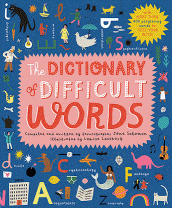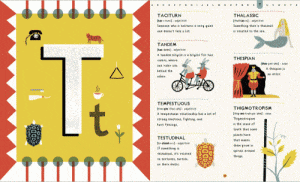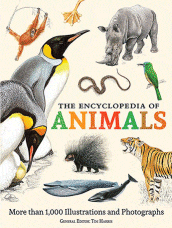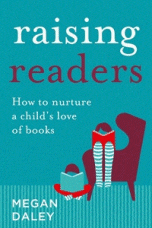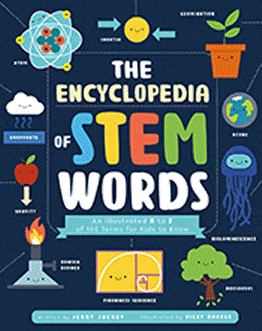
The Encyclopedia of STEM Words
The Encyclopedia of STEM Words
Jenny Jacoby
Vicky Barker
CSIRO Publishing, 2022
112pp., pbk., RRP $A27.99
9781486316632
Not so long ago, the word ‘stem’ referred to the major vertical shoot of a plant that bears buds and shoots with leaves and with roots at its lower end to anchor it. (It had other meanings too, but that’s the one with which primary school kids were most familiar.) Now though, in schools it more commonly refers to the interdisciplinary approach to teaching Science, Technology, Engineering and Maths, thus bringing these topics and their vocabulary into the realm of even our youngest students.
So words like ‘hypothesis’, ‘viscosity’ and even ‘yangchuanosaurus” now roll off tongues as a matter of course, and concepts such as inertia, electromagnetism and bioluminescence sit alongside the more traditional ones of the primary classroom like photosynthesis, evaporation and metamorphosis. But sometimes such words are easier to say than understand so this encyclopedia explains 100 words that are common to young scientists, arranged in alphabetical order and each with its own page so there is space for illustrations and text so the meaning and the concept’s application is clear. To make it even easier, there is a contents page, an both an index and glossary so navigation is simple if the reader is looking for a specific term.
But as well as being a ready reference in itself, it just begs to be a model for students to build their own definitions and explanations. Imagine the power of a Word Wall that has more than just vocabulary, one that is built and added to at point of need, written and illustrated by the students themselves. Maybe even extending the Word Wall to a display of working models so that as well as the science there are also the technology, engineering, and maths aspects that can be exploited. And who wouldn’t want to watch an episode of Lego Masters and try to explain the STEM as well as the story?
Books like this that actively engage readers in building on them are essential tools in the kits of teachers, libraries of schools and bookshelves of families. This one is a must-have.
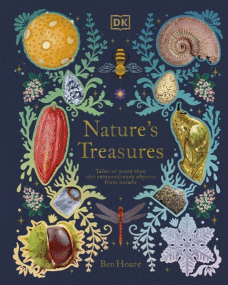
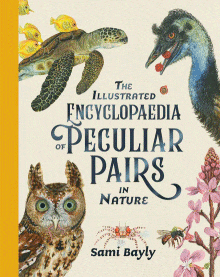
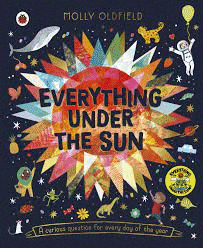
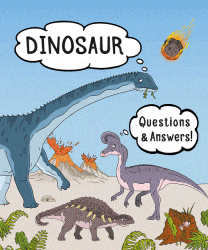
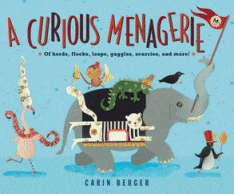
![Collins Children's Picture Atlas [Third Edition]](https://thebottomshelf.edublogs.org/files/2019/07/picture_atlas.gif)
